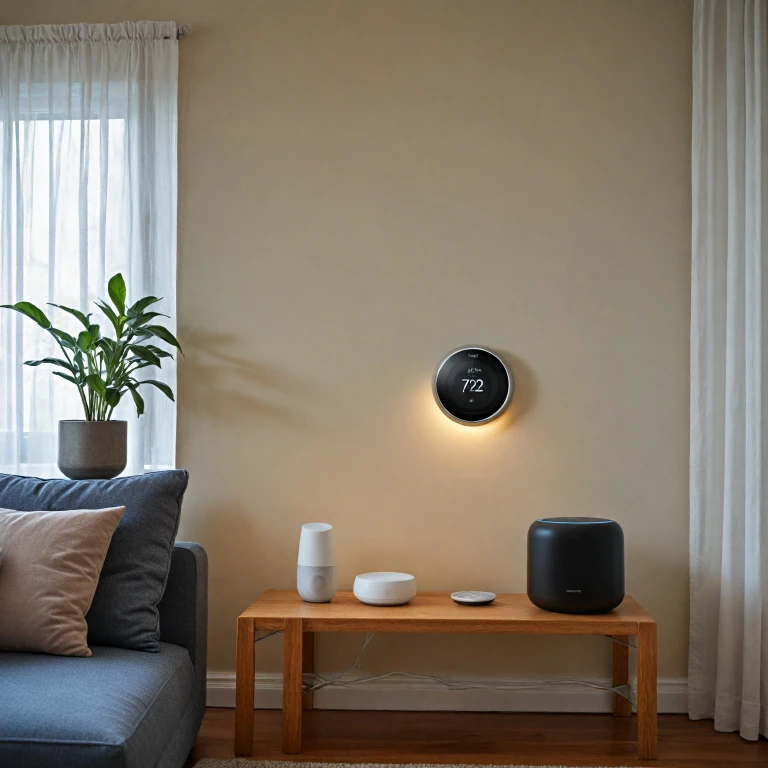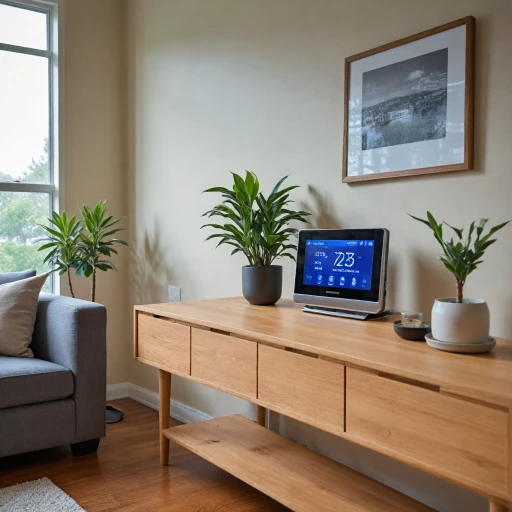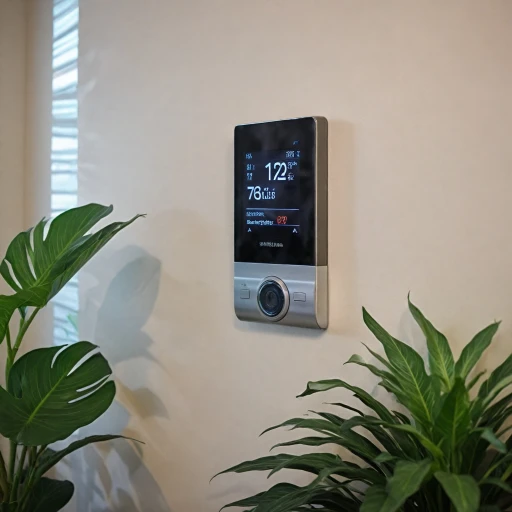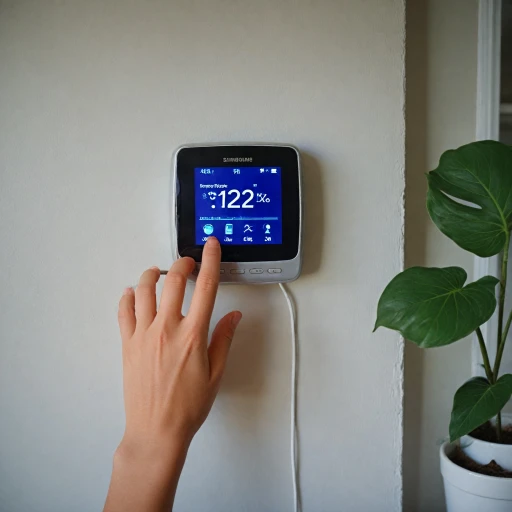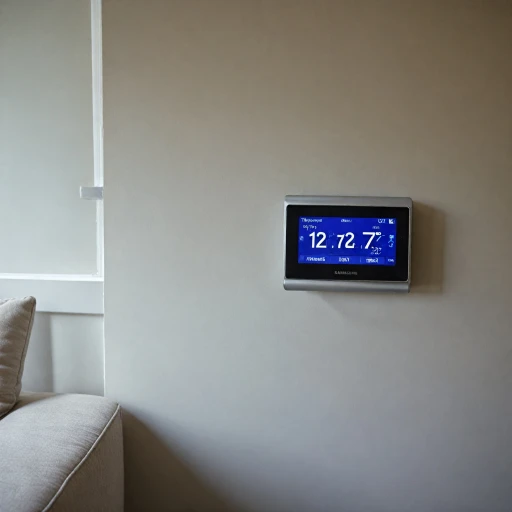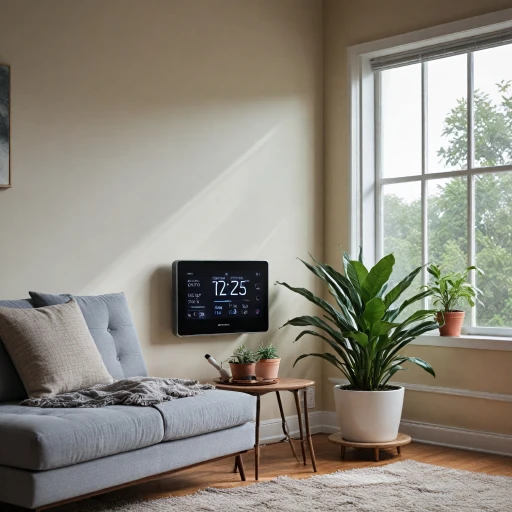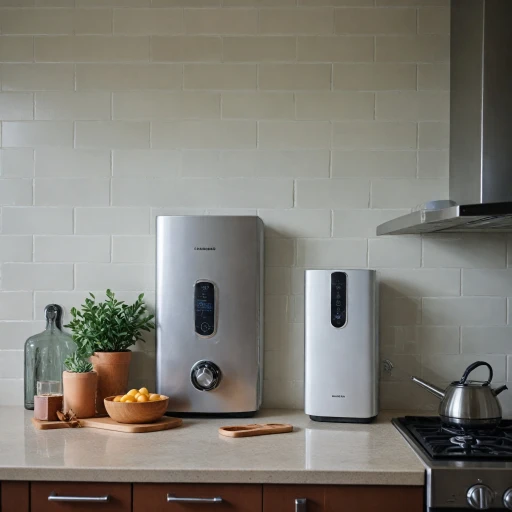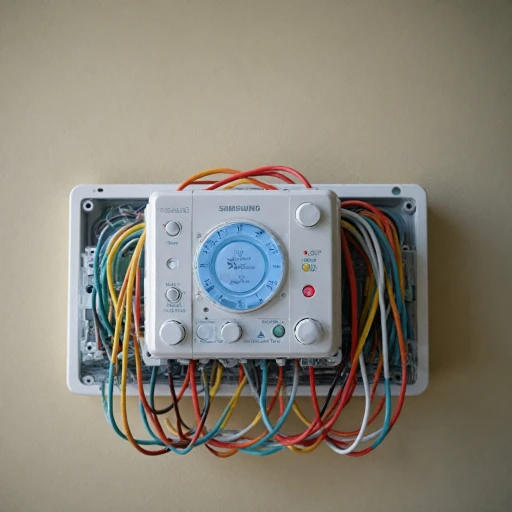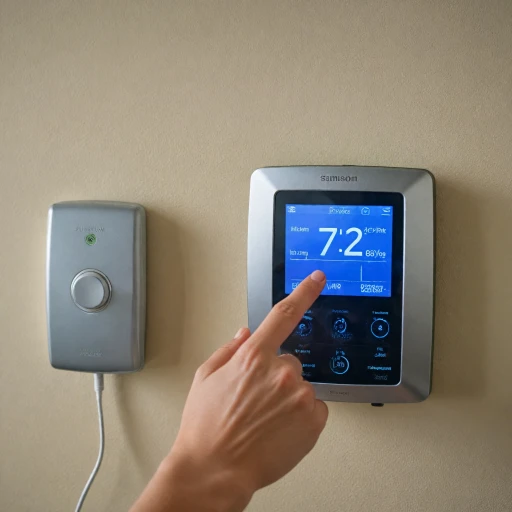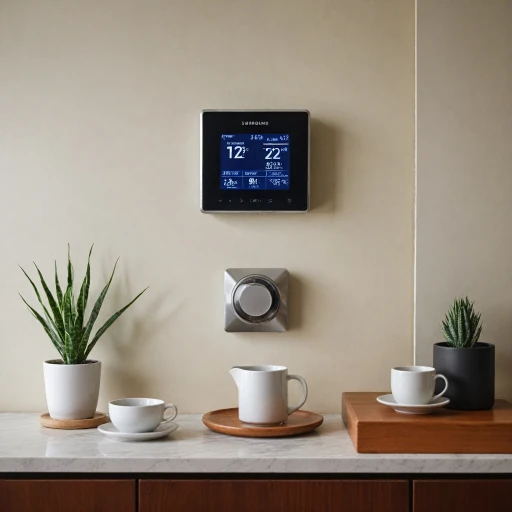
What is Nest Thermostat Compatibility?
Understanding How Nest Thermostats Work with HVAC Systems
Nest thermostats have transformed the way we manage home temperatures by intelligently integrating with various HVAC systems. Their smart capabilities make them one of the most popular choices on the market. However, the key to realizing their full potential lies in understanding how compatibility with your existing HVAC setup works. To ensure that a Nest thermostat can operate efficiently within your home, it’s essential to comprehend its compatibility across different heating and cooling configurations. While Nest thermostats are designed to work with a wide range of systems, including single stage, dual fuel, and stage heating, some specific requirements or limitations might affect their optimal functioning.- Wire Configuration: The presence and condition of wires play a critical role. Most Nest thermostats require a C-wire (common wire) for consistent power delivery. If your system lacks this wire, a Nest Power Connector might be necessary to facilitate proper installation.
- System Types: Knowing whether your system is a single stage furnace or a combination like a heat pump with furnace heating is crucial. Some Nests are better suited for specific systems depending on their generation and stage capabilities.
- Labels and Connectors: During installation, accurate identification of labels and connectors within your current setup helps guide the integration process. This ensures that the Nest learning thermostat can communicate effectively with your heating and cooling systems.
Checking Your HVAC System for Compatibility
Assessing Your HVAC System for Nest Compatibility
Before upgrading to a Nest thermostat, it’s crucial to evaluate your existing HVAC system to ensure compatibility. This involves understanding your system’s specifics, such as the type of heating or cooling, the number of wires, and their functions. While most systems will connect seamlessly, others might require additional components like a power connector.
Common Elements to Check:
- Number of Stages: Determine if your heating or cooling system is single stage or multi-stage. This can affect your choice of thermostat. For instance, if you have a dual fuel or multi-stage heat pump, certain Nest models like the Nest Learning Thermostat will work better than others.
- Wire Configuration: Identify the wires connected to your existing thermostat. Check labels and ensure you have the appropriate connections for Nest, including RC, RH, W, Y, G, and C wires. A C wire is recommended as it provides constant power, aiding in reliable performance.
- System Type: Whether you have a furnace heating system, a heat pump system, or a combination, this will impact installation. Google Nest thermostats accommodate a wide range of system types but verifying specifics avoids surprises later.
- Power Supply: In some cases, a system may lack sufficient power for the thermostat, necessitating the use of a Nest Power Connector or an alternative solution.
For the most accurate assessment, it's helpful to check the Nest compatibility tool available online. If uncertainties remain, contacting a local expert or HVAC technician can provide clarity on whether your system can support a Nest thermostat or if modifications are needed.
The Nest website and various online resources can guide you through the detailed process of checking your system's readiness for a Nest installation, ensuring a smoother transition.
Smart Home Devices and Nest Integration
Integrating Nest with Smart Home Devices
Incorporating a Nest thermostat into your smart home ecosystem can enhance your living environment through intelligent automation and energy efficiency. A seamless integration with other smart home devices ensures your Nest Learning Thermostat works harmoniously with your existing setup, optimizing both heating and cooling systems.
The Nest thermostat is designed to communicate with a variety of smart home devices. This integration is supported by protocols such as Wi-Fi and various compatibility modules. However, ensuring that these devices work effectively together often requires checking each device's compatibility.
To get started, confirm that your smart home devices are designed to be compatible with Google Nest thermostats. This involves locating compatibility labels or reaching out to the product's support if you’re unsure. Devices often have list of supported systems to help you verify compatibility.
- Smart Assistant Integration: You can connect your Nest thermostat with platforms like Google Assistant or Amazon Alexa to control your heating and cooling via voice commands.
- Smart Lighting Systems: Some smart lighting solutions can interact with your Nest to adjust lighting based on the thermostat's settings. This kind of integration is beneficial for optimizing energy consumption.
- Security Systems: Integrating Nest with security systems can enhance home monitoring by coordinating your home’s climate control with smart locks and cameras.
Despite the robust integration features, you may encounter compatibility issues during installation. It's important to refer back to the detailed steps for checking your HVAC system's compatibility if unexpected problems arise. Additionally, maintaining open lines of communication with your local installation experts can provide substantial support for troubleshooting these issues.
Compatibility extends beyond wired connections and involves software updates and network connectivity. Ensuring all devices, including the Nest, are on the same operational system or stage is crucial. If you encounter connectivity issues, consider updating your network settings or contacting customer support for further assistance.
Ultimately, making sure your Nest thermostat integrates well with your smart home setup leads to a more comfortable and energy-efficient home. While there might be hiccups along the way, resources and expert help are always available to assist in smoothing out the process.
Troubleshooting Compatibility Issues
Resolving Compatibility Challenges
Equipping your home with a Nest thermostat can greatly enhance the efficiency of your heating and cooling systems, but sometimes compatibility issues arise. Here are some key pointers that should help you navigate common obstacles:- Evaluate Your System Wires: Ensure that your wires are properly labeled and compatible with Nest thermostats. The Nest power connector may be necessary if there is an issue with power, especially for systems lacking a common wire (C wire). Different stages of heating, such as single stage or multi-stage furnace systems, might require specific wiring adjustments.
- Understand Your Heating System: It's essential to determine the type of heating system your home uses—whether it's a dual fuel setup, a heat pump, or a traditional furnace heating system. Some of these systems may not be inherently compatible with certain Nest thermostat gen models and could require configuration adjustments during installation.
- Check Thermostat Compatibility: Not every thermostat is made equal. Confirm that your chosen Nest thermostat model can communicate with your existing system. Whether it’s a Nest Learning Thermostat or Google Nest variant, knowing the specifics of your heating and cooling arrangement will be vital.
- Seek Local Professional Assistance: Should your initial troubleshooting prove unsuccessful, contacting local experts may provide the necessary support. They can help with installing the Nest power connector or dealing with any other local system intricacies. Having a specialist by your side can simplify the installation process, ensuring a seamless integration.
- Use Key Resources: Utilize the vast array of available resources—including guides and support forums—to help address compatibility issues. The wealth of shared experiences from other users might offer insightful tips specific to your setup.
Future-Proofing Your Smart Home
Planning for Long-Term Smart Home Integration
When implementing smart home technology, like the Google Nest Thermostat, it’s important to look beyond immediate compatibility and consider future-proofing your system. This means taking proactive steps to ensure your current setup can adapt to new technologies and changes in your home environment. To future-proof your home, start by examining your present HVAC setup. If your system is complex—like dual fuel or multi-stage heating or cooling—ensuring all wires and power connectors are properly labeled will help prevent confusion during any future upgrades. It's also advisable to contact local HVAC professionals for insights on how emerging technologies might work with your existing systems. These experts can help identify potential compatibility issues and suggest modifications that could facilitate easier integration of future devices. If you are considering an upgrade, prioritize replacing components like furnace heating systems or heat pumps with ones that offer built-in compatibility with smart technologies. Investing in single-stage or dual-stage systems with enhanced energy efficiency can offer long-term savings and make future Nest installations more seamless. Ensure your wiring and power sources support the Nest’s power requirements. In some cases, a Nest Power Connector might be necessary if your current system doesn’t provide sufficient power. Finally, keep in mind that smart home technology evolves quickly. Regularly check for firmware updates for your Nest Thermostat, as these often include new features, improved compatibility options, and bug fixes that can enhance your smart home's overall performance. By considering these factors now, you'll reduce headaches and costs in the future, while enjoying the benefits of an integrated smart home environment.Expert Tips for Seamless Nest Integration
Expert Advice for Smooth Integration with Nest
To effectively integrate your Nest thermostat into your smart home setup, following expert guidance can make your experience seamless. Here are some invaluable tips:- Label Your Wires Properly: During installation, it’s crucial to label the wires as per Nest's guidelines. This step ensures that your power, heat, and cooling systems connect without mishaps. Proper labeling avoids confusion, especially if your HVAC system includes complex connectors or multiple stages.
- Consult Local Experts: If the compatibility check with your heating system seems daunting, reaching out to local HVAC technicians can provide peace of mind. They can validate if your dual fuel or single stage systems align with Nest’s requirements and help install the thermostat accurately.
- Use Nest’s Compatibility Checker: Before initiating the installation, make use of Google's Nest compatibility checker. This tool assists in determining whether your HVAC system, whether it’s a heat pump or a stage furnace, pairs well with Nest thermostats, reducing the risk of installation issues.
- Check Power Supply: The Nest thermostats require a consistent power supply. Ensure that your power connector is functioning optimally to avoid disruptions. In some cases, it might be necessary to install a Nest Power Connector to maintain reliable operation.
- Firmware Updates and Learning Integration: Keep your Nest system updated with the latest firmware. These updates often include enhancements for better compatibility and integration with other smart home systems, improving the overall learning performance of your thermostat.
- Consult the Community: Engage with the Nest community forums for insights and solutions proposed by other users who have encountered similar challenges. Their experiences can be incredibly helpful if you face unique compatibility issues.
